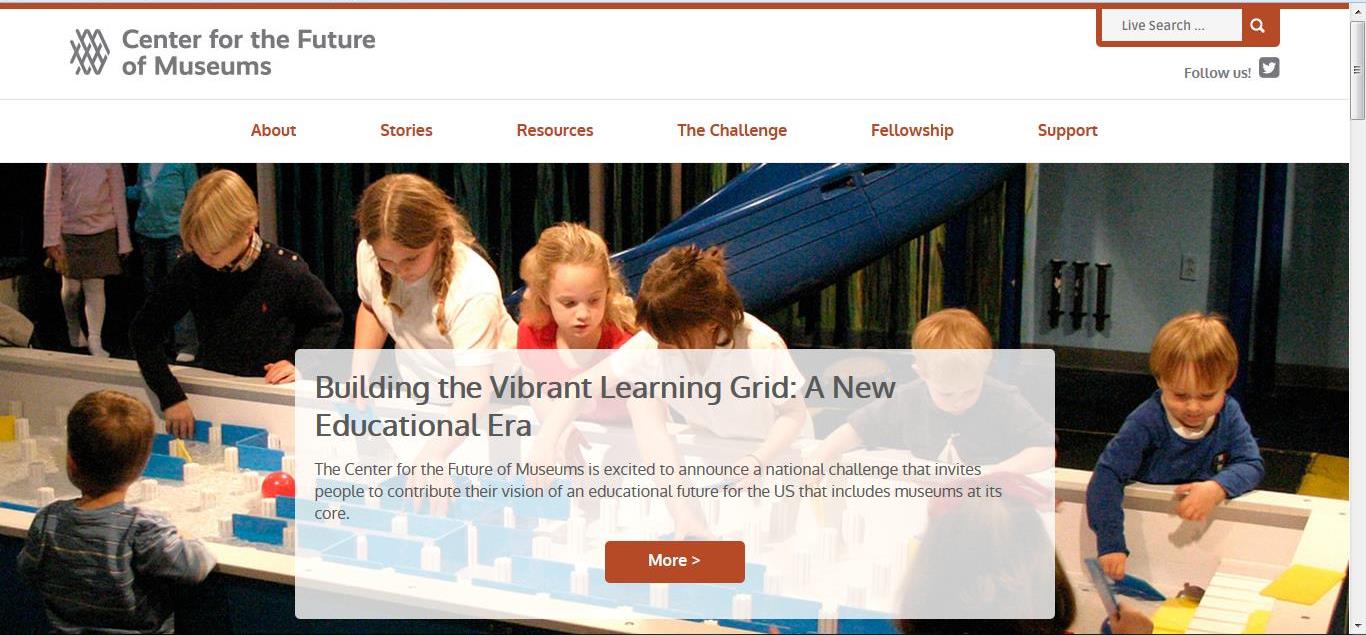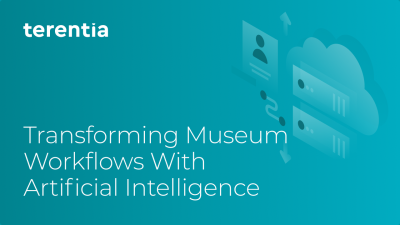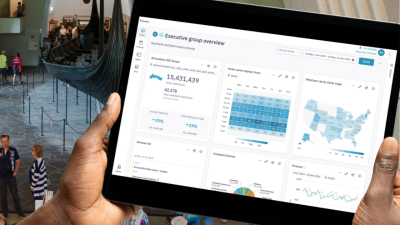
Last spring I gave you an unofficial preview of the next CFM fellowship: The Ford W. Bell Fellow for Museums and P-12 Education.* This week, after almost a year of laying the groundwork for finding and supporting our fellow, we’ve launched the search to fill the position.
You might ask (as have several of my colleagues), “what took so long?”
Well, before hiring a fellow to help us invent the future of education, we had to invent the fellowship. It’s not like we could pull a standard job description off the shelf. Do we want an educator, who knows the features and flaws of the current system inside and out? Do we want a futurist, skilled at exploring potential futures and the practical work of making them real? Do we want a reformer steeped in educational policy issues, cognizant of the barriers to change?
Yes, to all of the above.
Absent a stock job title or description, we focused on what we want this person to do: take us the next step down the road to a vibrant future of learning in which museums are an integral part of the educational mainstream. The recommendations in CFM’s 2014 report Building the Future of Education: Museums and the Learning Ecosystem sketch out a number forms this might take: compiling case studies; steering museums towards existing aggregation platforms for educational content; fostering experimentation; conducting research; holding local convenings.
Wow, that’s a long list, and would be an awful lot to pack into a two-year fellowship. But until we know the background and skills of the person we hire, how could we narrow that list down? And if we start by defining background and skills, mightn’t we blind ourselves to the potential for someone with an unconventional background to come at the problem sideways, as it were, and tackle the challenge in a way we never imagined?
Layer on to this the fact that I am deeply disillusioned by the traditional process of filling positions. I find resumes of limited use in determining what a person can do. (For example, a graduate degree doesn’t guarantee a person is a good writer or speaker, and says practically nothing about their people skills). What resumes are good at is acting as filters, often not in a good way. Selection via criteria, as reflected in a resume, is often code for “I want a person more or less like me. After all, I’m good at what I do, so I’ll hire someone who has the same training and experience that I do.” Which is exactly the kind of reasoning, conscious or unconscious, that leads to hiring bias, which in turn contributes to deep inequities in gender, race and pay.
So this past year? I confess I got caught in a recursive feedback loop as I worked this through. I finally broke out of the cycle by setting everything aside and asking myself, “what qualities will be most crucial to the success of the fellow?” My answer was: passion, vision, and the ability to share that passion and vision with others.
I turned these realizations into the challenges that guided the design of this job search:
- How can we find someone who can effectively communicate their passion for a better educational future and
- Do it in a way that at least mitigates the unconscious bias that permeates traditional hiring
With those criteria guiding the process, we structured the search around two trends:
- Evidence-based Hiring. Applicants to the fellowship are required to enter the CFM Future Fiction challenge. That challenge, which launched this week, invites people to share a story (in writing, video, or audio file) of a learning landscape of 2040 in which museums play a starring role. Tying the fellowship applications to the challenge is our way of adopting the increasingly common practice of asking people share their work, not just their resume, which gives non-traditional candidates have an opportunity to rise to the top. [Please note that the successful applicant won’t necessarily win the challenge, and the challenge winner may not even be an applicant for the Fellowship.]
- Tools that Reduce Unintended Bias. We enlisted the help of Textio, a service that draws on a big data set of hiring data, together with textual analysis tools, to help employers write effective position descriptions that avoid unconscious bias. The Alliance’s HR director and I spent several hours tweaking our language until the Textio algorithms awarded the text a score a perfect score for effectiveness, and predicted it would appeal equally to male and female applicants. [CFM Fellow Dr. Nicole Ivy is chairing a session at the AAM annual meeting this spring on Reducing Hiring Bias in Museums, and Kieran Snyder, co-founder and CEO of Textio is one of the panelists.]
Now I need your help in casting the widest possible net for our fellow, to ensure a diverse pool of candidates. Please use your networks—colleagues, contact list, twitter, Facebook, listserves—to spread the word about the search. Think about who you would like to have working for you and for the field, for the next two years, to advance museums’ role in education—perhaps you know someone you will encourage to apply.
The fellowship announcement and application live on a new microsite we have created, dedicated to the future of education, that hosts the Future Fiction challenge as well. Bookmark the site, share the link and send ideas (emerritt at aam-us.org) about where we can promote the position as well.
The search and the Future Fiction challenge close on March 14th. Finalists will be invited to give job talks at the Alliance offices to staff and invited guests, and if all goes well, we hope to introduce our new fellow to the AAM membership at the annual meeting in May. I hope to see you there.
Yours from the future,
Elizabeth
A great big thank you to the many generous organizations and individuals have made the Ford W. Bell Fellowship for Museums & P-12 Education possible through their support.
*Originally the fellowship focused on K-12, but in response to current focus in education, we broadened the scope to include preschool. Since I envision a future in which automatically lumping kids onto age-based cohorts is anachronistic, I think of either of these phrases as convenient shorthand for “kids learning” in any case.










Comments